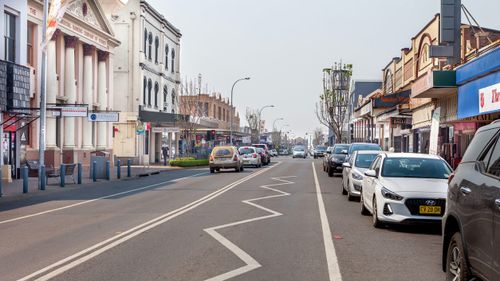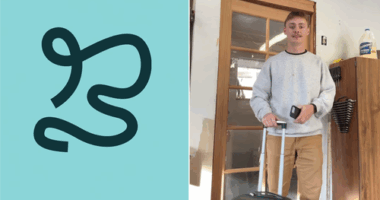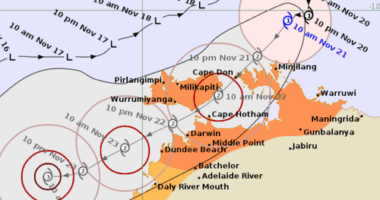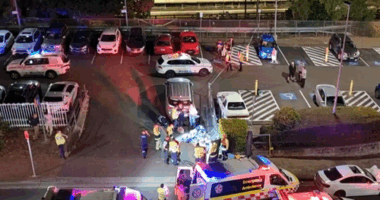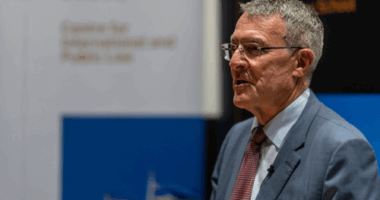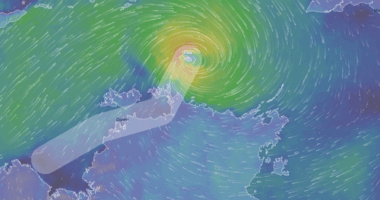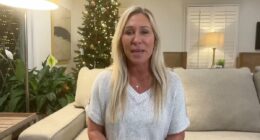Share this @internewscast.com
Residents in the Hunter Valley area of New South Wales may face significant increases in their council rates next year, with some potentially seeing their bills rise by thousands of dollars.
The Cessnock City Council has announced its intention to seek approval from the Independent Pricing and Regulatory Tribunal (IPART) to implement a 39.9 percent rate increase for the financial year 2026-27.
To raise rates above the annual standard limit, known as the rate peg, local councils must obtain a “special variation” from IPART. For Cessnock, this rate peg currently stands at 3.8 percent.

Many community members have voiced their discontent with the proposed increase, expressing concerns over the financial strain it could impose.
One resident, Seale, anticipates his annual bill could rise by approximately $1,040 if the rate hike proceeds.
“An additional $1,000 would significantly impact my budget,” he explained. “I’m semi-retired and only work three days a week.”
Seale said some people would be hit even harder, as the rates are calculated according to property values and he only lived on a small block.
“Some people have told me they will be paying up to $4000 more per year because they have a bigger block, maybe an acreage,” he said.
“There are a lot of families that have responded to me saying this is going to tip them over the edge. They don’t know how they’re going to make ends meet.”
Stuart Battle is raising two foster kids on a rural property on the outskirts of Cessnock at Wollombi.
He said he simply wouldn’t be able to afford the rate rise, which for him would amount to almost $2000.
“Money is tight as it is, let alone with a 39.9 percent increase. It’s a struggle with groceries and everything like that. We’re self-employed, so your wages don’t go up that much,” he said.
“I am a single 62-year-old woman and I still have a very large mortgage,” she said.
“I have had to take on a second job and at times I work over 50 hours a week.
“I have to work well past 70 to pay off my house and this proposed increase will break me.
“I don’t want to sell my house and, as I can’t afford anything else, I will end up homeless.”
The council has calculated that the average residential household in Cessnock would pay about $600 extra in rates under the proposed hikes, while those living on farmland would pay an average of $1360 more and businesses $2070.
In its fact sheet sent to residents, council said it was very conscious of the hardship that the rate rise might cause and it would work to improve further on its current policy for those in financial distress.
Cessnock City Council will be conducting a survey and holding five community meetings over the next week to consult with residents about the proposed rate hike.
At a heated extraordinary council meeting last month, in which councillors voted to go ahead with community consultation about the council’s application to IPART, independent councillor Jessica Jurd walked out after voicing her objection to the rate increase.
“I do not support this application due to the fact that I know residents are struggling at the moment,” she said.
The council’s independent Deputy Mayor Tracey Harrington said she was angry that previous councils had let the situation get so bad that they were now “backed into a corner financially”.
While she would be voting to go ahead with council’s request to IPART, it was very reluctantly and only to avoid a worse fate of the council going into administration, Harrington said.
